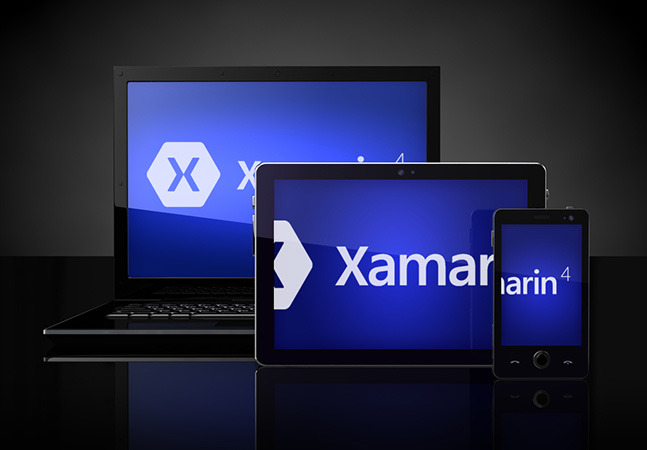
The open source project .NET for Apache Spark has debuted in version 1.0, finally vaulting the C# and F# programming languages into Big Data first-class citizenship.

Android is playing a little catch-up to iOS regarding in-app review functionality, just now coming to Microsoft's Xamarin.Forms implementation.

"The fact that C# lost three places in the ranking of language communities during the last three years is mostly explained by its slower growth compared to C/C++ and PHP."

Progress announced an update to its Telerik UI for Blazor components, targeting Microsoft's open source Blazor framework that lets C# coders create web apps without having to rely upon JavaScript.

Infragistics, specializing in third-party UI/UX controls and tools, unveiled a new offering targeting Blazor, Microsoft's red-hot open source framework that allows for C#-based web development instead of traditional mainstay JavaScript.

Leading cloud computing platform Amazon Web Services open sourced the it announced in July for helping users port old .NET Framework applications to the new .NET Core framework.

Uno Platform has ported the famed Windows Calculator, open sourced last year, to Linux as part of a continuing "proof point" effort to demonstrate the reach of what it describes as the sole UI offering available to target Windows, WebAssembly, iOS, macOS, Android and Linux with single-codebase applications coded in C# and XAML.

ASP.NET Core OData, which debuted in July 2018, is out in a v8.0 preview that for the first time supports the upcoming .NET 5 milestone release.

In highlighting updates to ASP.NET Core in the just-launched second and final Release Candidate of .NET 5, Microsoft pointed out better debugging for Blazor, the red-hot project that allows for C# coding of web projects.

Having been deemed "feature complete" and "near final" and "go live" for some time now, .NET 5 is out in a second and final Release Candidate, scheduled for a Nov. 10 debut during .NET Conf 2020.

ASP.NET Core dev team puts out GitHub call to action to vote on features wanted in .NET 6 next year, and AOT leads the pack so far.

APIs now work with top mobile platforms, along with watchOS, tvOS, Tizen and desktop platforms: UWP and macOS.

New Bridge to Kubernetes extensions available for Visual Studio and VS Code simplify microservice development by bridging a local dev machine to specific dependencies in remote clusters.

.NET Interactive users can now use a new Visual Studio Code Insiders experience to work with .NET Notebooks, in addition to other notebook options including Jupyter and nteract.

The .NET Foundation announced a new open source project under its direction, the .NET nanoFramework, which allows for C# coding in Visual Studio for constrained embedded devices.

Microsoft's point man on the Blazor project -- and basically the creator of the project -- Steve Sanderson, is detailing performance best practices for the web development framework that uses C# instead of JavaScript.

After a GitHub survey about its .NET open source efforts yielded negative feedback, Microsoft is retooling its efforts for the most problematic repo, Windows Presentation Foundation (WPF).

Microsoft shipped a pre-release version of Xamarin.Forms 5 ahead of a planned transition to MAUI, which will take over beginning with the release of .NET 6 in November 2021.

Microsoft improved the object detection capabilities of its ML.NET machine learning framework for .NET developers, adding the ability to train custom models with Model Builder in Visual Studio.

Here's a takeaway from this week's Ignite 2020 event: An advanced Azure cloud portends the death of the traditional, high-powered dev machine packed with computing, memory and storage components.